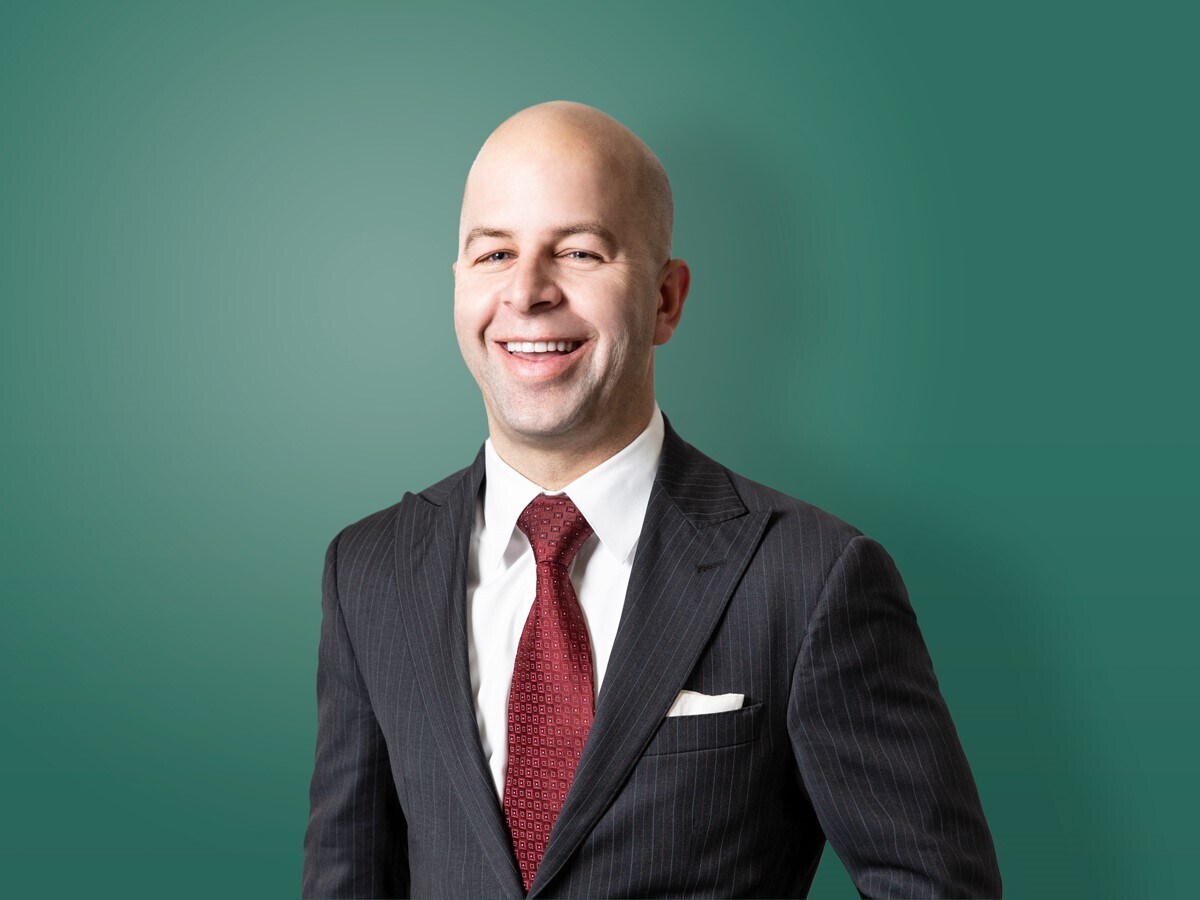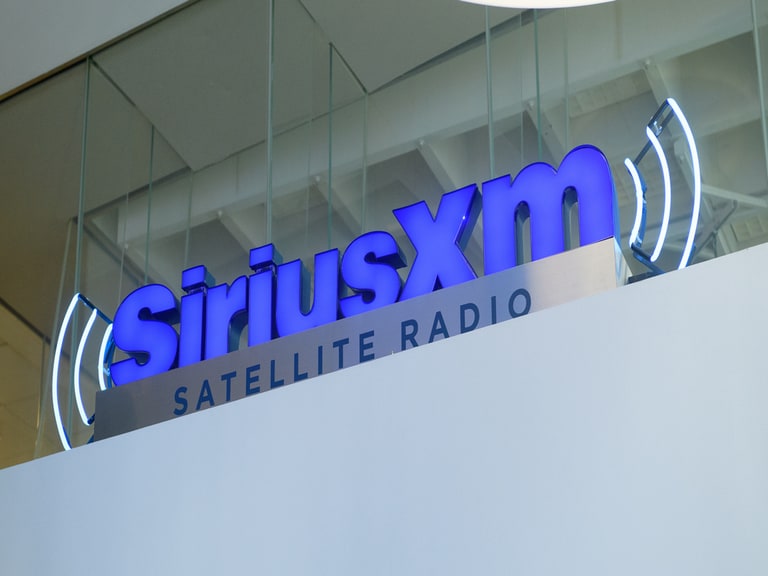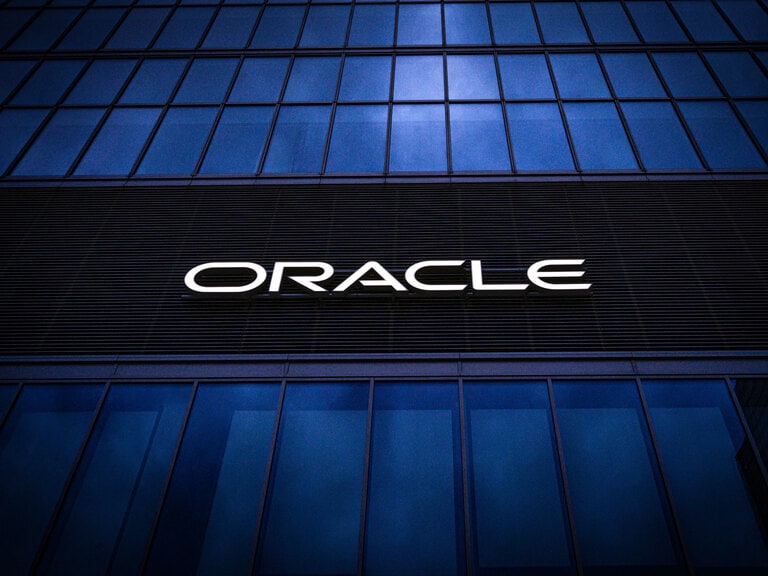Julian Klymochko is a seasoned arbitrage trader and SPAC enthusiast. Having previously served as CEO for Ross Smith Asset Management, Klymochko is now a director at the CFA Society Calgary and chairman of the board at Bitcoin Well.
His investment house, Accelerate Financial Technologies, where he is CEO, is one of Canada’s most innovative ETF providers, and among its suite of alternative investment ETFs is the Accelerate Arbitrage Fund [ARB], the world’s first SPAC-focused ETF.
Here, Klymochko tells Opto how the fund’s arbitrage strategy works and generates solid returns as SPACs have proliferated as public listing vehicles over recent years.
What led you to set up the Accelerate Arbitrage fund?
I cut my teeth doing arbitrage over a dozen years ago. I started out in closed-end fund and risk arbitrage.
I launched Accelerate a few years ago to democratise alternative investments by offering institutional-calibre hedge fund and private equity strategies in low-cost, liquid and easy-to-use ETFs.
We offer a number of ETFs, including ARB, and we conduct SPAC and merger arbitrage through ARB. I like to call it heads we win, tails we win big. The risk-to-reward proposition is extremely strong.
“We offer a number of ETFs, including ARB, and we conduct SPAC and merger arbitrage through ARB. I like to call it heads we win, tails we win big. The risk-to-reward proposition is extremely strong”
We run it systematically and robotically. We buy at or below net asset value (NAV), and always close at a premium. In the worst case, we can always close at NAV plus accrued interest. Even under this scenario, it’s an attractive trade given the upside optionality and the low downside risk. As long as we’re buying below $10, and not speculating, the risk and drawdowns really are very low. My post, The Art of SPAC Arbitrage, explains this in detail.
How does this differ from merger arbitrage?
They’re both really interesting trades to generate an absolute return irrespective of what markets do. You always want to buy at a discount. With merger arbitrage, if there’s a takeover at $10, you might hope to earn 5% — if the deal falls apart, you earn 7%. The uncertainty in merger arbitrage is the downside; in SPAC arbitrage it’s the upside.
Why did you choose to pursue this as an approach?
I view arbitrage as another asset class all investors should have in their portfolio because I know how attractive it is. It blows stocks and bonds out of the water on a Sharpe ratio basis. Everyone knows what a stock or a bond is, but not arbitrage. It’s Warren Buffett’s favourite strategy, though, and everyone knows who he is!
“I view arbitrage as another asset class all investors should have in their portfolio because I know how attractive it is. It blows stocks and bonds out of the water on a Sharpe ratio basis”
How does this approach provide strong returns?
It needs to be viewed through the lens of risk-adjusted returns, with single-digit volatility. It’s not going to generate 20% annualised returns — this is a strategy where we’re looking for 6-8% consistently and in a low-risk manner. We’re generating a high single-digit return consistently and reliably.
How have things been after three-and-a-half years running Accelerate?
The first year-and-a-half was just setting the company up, raising capital and dealing with regulatory hurdles and red tape. We’ve had products on the market a couple of years growing relatively quickly, but as a startup it’s always challenging, especially to go up against incumbents. But we’re up to the challenge and we’ve established a niche.
Our goal is to become the leader in alternative investment solutions. It’s a really unique corner of the market, and I think we have a great idea that’s resonating with customers. The goal is to get the word out there, because most people haven't heard of the work we do and the value we provide.
“Our goal is to become the leader in alternative investment solutions. It’s a really unique corner of the market, and I think we have a great idea that’s resonating with customers. The goal is to get the word out there, because most people haven't heard of the work we do and the value we provide”
Any other exciting funds worth mentioning?
Earlier this year, we launched the Accelerate OneChoice Alternative Portfolio ETF [ONEC], the first alternative portfolio solution in an ETF. We took the Yale Endowment model [where a portfolio is invested in five or six different asset classes] and applied it to an ETF that charges a 0.2% management fee.
OneChoice gives access to six alternative asset classes and 10 alternative strategies. It’s extremely attractive in the current market, where there are all these variables. What happens if yields are falling and stocks are falling? OneChoice provides a one-ticket solution for a lot of different scenarios, enabling you to spread your bets among a range of asset classes to ensure you can do well in any environment.
Disclaimer Past performance is not a reliable indicator of future results.
CMC Markets is an execution-only service provider. The material (whether or not it states any opinions) is for general information purposes only, and does not take into account your personal circumstances or objectives. Nothing in this material is (or should be considered to be) financial, investment or other advice on which reliance should be placed. No opinion given in the material constitutes a recommendation by CMC Markets or the author that any particular investment, security, transaction or investment strategy is suitable for any specific person.
The material has not been prepared in accordance with legal requirements designed to promote the independence of investment research. Although we are not specifically prevented from dealing before providing this material, we do not seek to take advantage of the material prior to its dissemination.
CMC Markets does not endorse or offer opinion on the trading strategies used by the author. Their trading strategies do not guarantee any return and CMC Markets shall not be held responsible for any loss that you may incur, either directly or indirectly, arising from any investment based on any information contained herein.
*Tax treatment depends on individual circumstances and can change or may differ in a jurisdiction other than the UK.
Continue reading for FREE
- Includes free newsletter updates, unsubscribe anytime. Privacy policy





